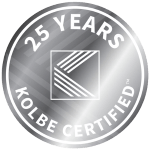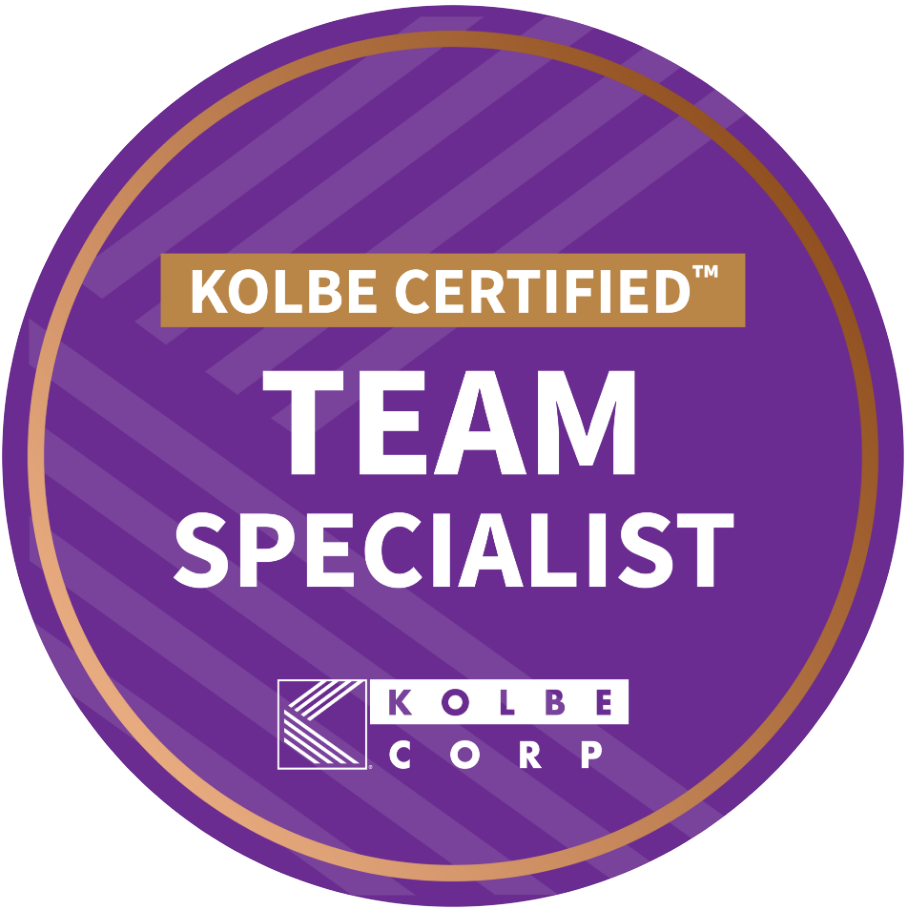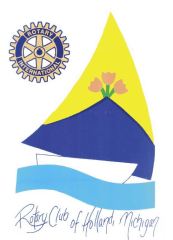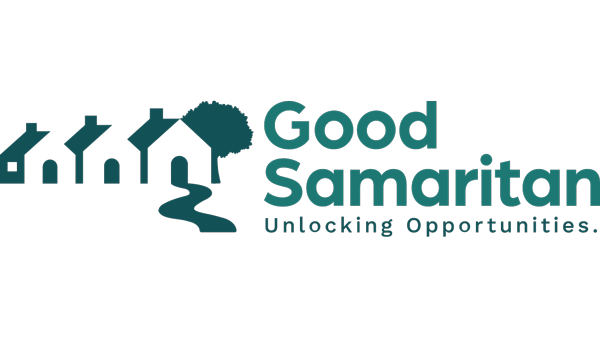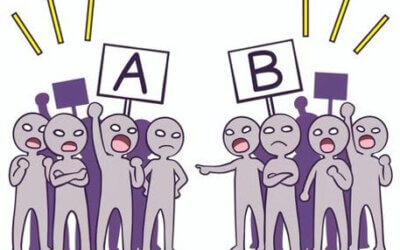Kolbe Certified™ Consulting
Kolbe in the Workplace
Kolbe helps us discover the natural, unchangeable and creative instincts unique to each of us that determine how we use time and energy and approach problem solving. By helping individuals to recognize these instincts for themselves and managers to understand the value of multiple approaches to a task, you can create an environment for stronger teams, seamless communication and more enthusiastic, satisfied people.
Why Kolbe
Backed by over 40 years of scientific research and validation, Kolbe is unique in its proven application in the workforce across all industries and levels of responsibility. Thousands of organizations around the world leverage Kolbe diagnostics to improve productivity, reduce workplace stress and retain the best talent.
Employees like Kolbe because it reduces frustration and increases job satisfaction.
Managers like Kolbe because it creates strong teams, smooth communications and reliable productivity.
Owners and shareholders like Kolbe because it yields strong companies, predictable growth and better returns.

Kolbe A™:
Know Thyself
The Kolbe A™ Index describes an individual’s innate or instinctive mode of operation (MO). It provides you and others with valuable information about how you strive, how you communicate, and how you get things done. It is an index, not a test, so there are no right or wrong answers. We also will map an organization’s Kolbe A™ results as a whole, identifying the key strengths that are essential for that organization to succeed and the shifts in work culture that will heighten employees’ productivity.
Kolbe B™:
How to See
Your Job
The Kolbe B™ Index defines an individual’s perspective on his/her current job demands. This tool helps the individual, the manager, and co-workers understand the talents that an individual perceives as necessary in order to do his/her job. We use the combined results of the Kolbe A and B Indexes to recognize when job demands are counter to the instinctive talent of the jobholder and to address the level of stress this disparity can cause.
Kolbe C™: How Management Sees Your Job
The Kolbe C™ Index is taken by a direct manager and defines how s/he understands the requirements and characteristics necessary for success in the role. By comparing the Kolbe A, B and C Indexes for an individual, we can objectively see alignment, strain and tension between someone’s natural talents, their understanding of the work and manager expectations for the work. This comparison spurs and enhances dialog to improve the relationship, often quickly revealing changes that could reduce stress and increase satisfaction immediately.
See the Results
Featured Client Story
Make Every Team You are on…Better | Good Samaritan
“Understanding our organization’s strengths and capabilities through the Kolbe indexes has taught me to ask, ‘who do I need on this team, now?’ I have learned so much about how teams work, think and get results together. This language has given me insight to read people quickly and then realize how they need to receive information from me. It is a quick way to translate what is going on with our dialog.” – Linda Jacobs, Executive Director (retired), Good Samaritan
PSG helped Good Samaritan Ministries with a common language to enhance and shortcut communication, build team chemistry, accelerate trust among team members, and get the right people engaged at the right time throughout the full lifecycle of projects.
Great! How do I apply this?
We work with organizations, teams and individuals to put the principles of the Kolbe System™ into practice and produce measurable results. Choose from our core services below to learn about our process:

Consulting for Teams

Individual Coaching
Right Person - Right Seat
Check Out Our Insights to Learn More
Harnessing Conflict from the Inside Out
There is no denying it. We see it everyday. Conflict is all around us. Operating in seething conflict appears to be the norm these days. Americans are navigating very fraught waters in politics and culture. Statistics show that the average employee spends 2.8 hours...
Confident Employees Help Your Company Win
As a client, Connie taught me so much. I am forever grateful she came into my life during the very first years of PSG. I have shared with others many times how she refined me and made me a better consultant and coach. Once, we were discussing an upcoming project where...
Reflections on 35 Years
Now into my thirty-fifth year in this work, I have been reminiscing a lot about why I am so passionate about it. Throughout the years we have helped forward-looking individuals, teams and complete organizations discover their innate talents and advantages. We have...
Contact Us
Office
+1 616.395.0110 or send us an email.
Visit
201 W. Washington Avenue
Suite 162 Zeeland, MI 49464
Mail
P.O. Box 1815, Holland, MI 49422-1815
